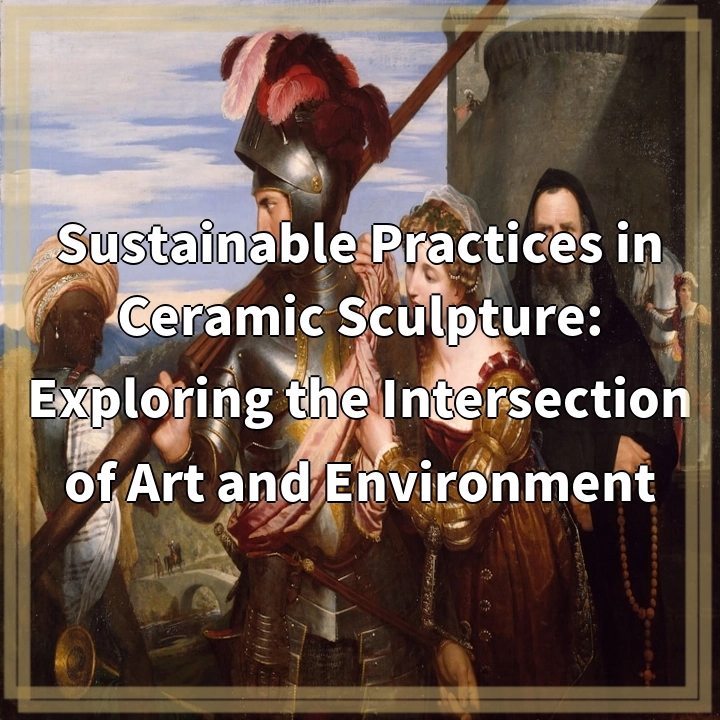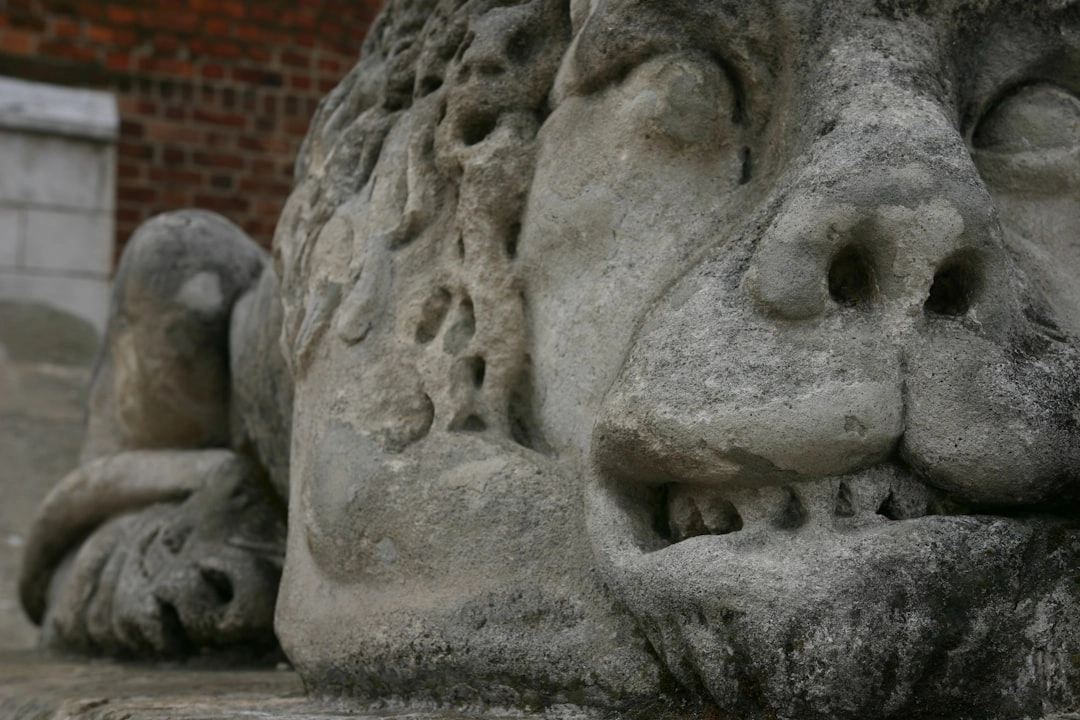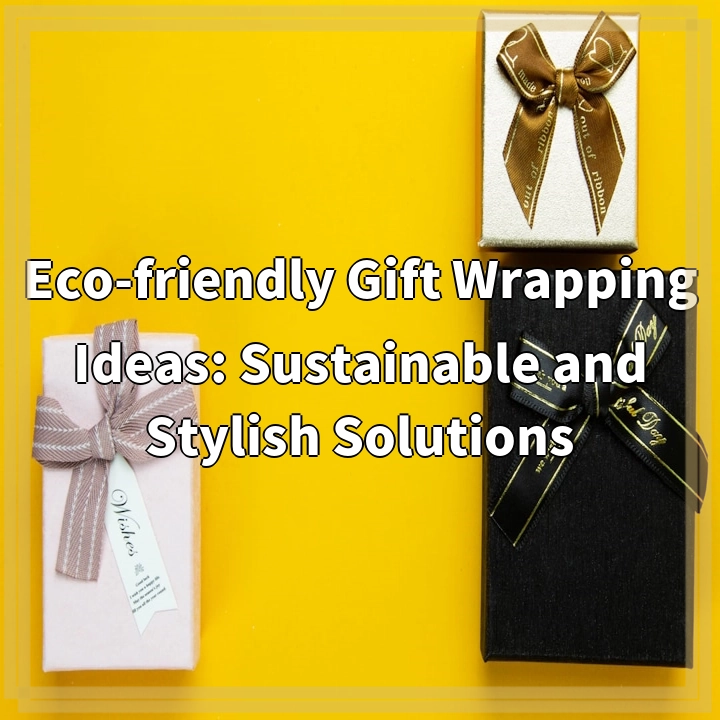
What is Sustainable Practices in Ceramic Sculpture?
Sustainable practices in ceramic sculpture involve incorporating environmentally friendly techniques and materials into the creation and presentation of ceramic artworks. It involves a conscious effort to reduce the environmental impact associated with the ceramic sculpture process, from the sourcing of materials to the final disposal or recycling of finished pieces.
Real-World Problems Associated with Sustainable Practices in Ceramic Sculpture
Sustainability in ceramic sculpture faces several challenges and real-world problems that need to be addressed:
1. Material Sourcing
Ceramic sculpture often requires clay, glazes, and other materials that can have detrimental effects on the environment if not sourced responsibly. Mining clay can cause habitat destruction and soil erosion, while certain glazes can contain toxic substances that can leach into the environment.
2. Energy Consumption
The firing process, which involves heating ceramics in kilns, consumes a significant amount of energy. Traditional kilns are often inefficient, leading to high energy consumption and carbon emissions. Finding ways to minimize energy use and explore alternative firing methods is essential for sustainable ceramic sculpture practices.
3. Waste Generation
Ceramic sculpture can generate considerable waste, including leftover clay, glaze materials, and broken or failed pieces. Disposing of these materials in landfills contributes to environmental pollution and resource depletion. Implementing techniques to reduce waste, such as recycling clay scraps or repurposing failed pieces, is crucial for sustainability.
4. Studio Practices
Studio practices in ceramic sculpture, such as the use of cleaning agents, solvents, and the disposal of hazardous materials, can pose environmental risks. Ensuring proper waste management, using eco-friendly cleaning products, and adopting safe handling practices are important for minimizing the negative impact on the environment.
5. Public Awareness
One of the challenges in sustainable ceramic sculpture practices is the lack of public awareness and understanding of the environmental impact of traditional methods. Educating artists, collectors, and the general public about sustainable alternatives and the importance of supporting eco-friendly practices can drive positive change in the field.
By acknowledging and addressing these real-world problems, sustainable practices in ceramic sculpture can contribute to a more environmentally conscious art community and a healthier planet.

Solutions for Sustainable Practices in Ceramic Sculpture
Addressing the real-world problems associated with sustainable practices in ceramic sculpture requires a combination of innovative solutions and conscious decision-making. Here are some potential solutions:
1. Responsible Material Sourcing
Artists can seek out responsibly sourced clay and glaze materials, such as recycled clay and non-toxic or low-toxicity glazes. Collaborating with local suppliers who prioritize sustainable practices can also help ensure ethical material sourcing.
2. Energy-Efficient Firing Techniques
Exploring alternative firing methods, such as electric kilns with energy-saving features or solar-powered kilns, can significantly reduce energy consumption and carbon emissions. Additionally, optimizing firing schedules and sharing kiln space with other artists can help maximize efficiency.
3. Waste Reduction and Management
Implementing techniques such as recycling clay scraps, reusing failed pieces in new creations, and minimizing excess glaze application can help reduce waste. Proper disposal or recycling of hazardous materials, such as unused glaze chemicals, is essential to prevent pollution.
4. Eco-Friendly Studio Practices
Artists can choose eco-friendly cleaning agents, solvents, and other studio materials to minimize environmental impact. Proper ventilation systems in studio spaces can improve air quality. Establishing a recycling system for non-hazardous waste and following local regulations for proper disposal of hazardous waste is crucial.
5. Advocacy and Education
Artists can engage in advocacy efforts within the art community to raise awareness about sustainable practices in ceramic sculpture. This can involve giving presentations or workshops, participating in eco-conscious art exhibitions, and collaborating with organizations that promote environmentally friendly practices.
By implementing these solutions and encouraging a collective commitment to sustainability, the field of ceramic sculpture can become a catalyst for positive environmental change.















